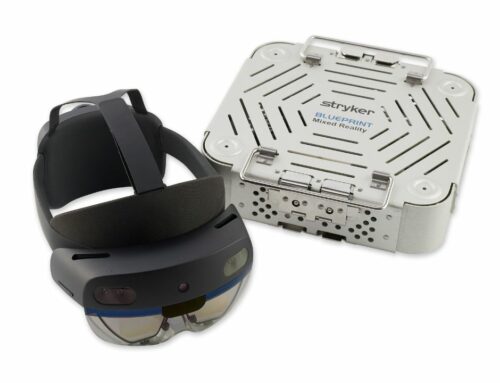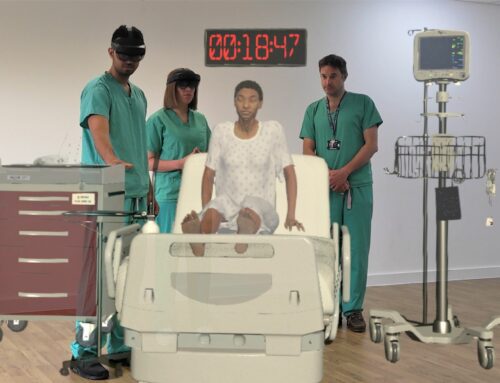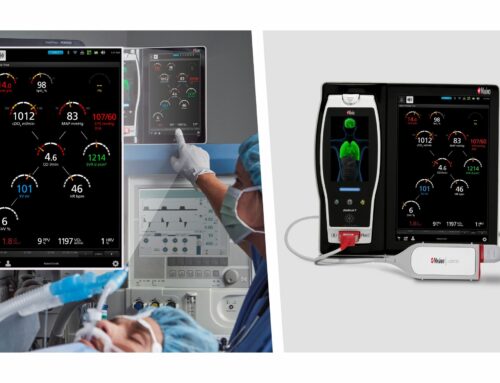The Radiological Society of North America (RSNA) announced today that Radiology and RadioGraphics, the Society’s peer-reviewed print journals, both increased their impact factors in 2020, according to the newly released Clarivate Analytics 2020 Journal Citation Reports. Impact factor measures the relevance and influence of academic journals based on citation data.
Radiology has a 2020 impact factor of 11.105, up from 7.931 in 2019. The journal’s impact factor has risen steadily since 2015. The journal was cited 72,249 times in 2020 and ranks second in impact factor among journals in the Radiology, Nuclear Medicine and Medical Imaging category. It is the leading radiology journal and one of the top cited journals in the field.
“The impact factor has become an increasingly important marker of the influence of scientific publications,” said David A. Bluemke, M.D., Ph.D., Radiology editor. “The substantial improvement in the Radiology impact factor reflects outstanding research by authors in our field, as well as the efforts of nearly 1,000 reviewers and our editorial board. More generally, the rising impact factor is also directly reflective of the fundamental importance of radiological imaging in nearly all fields of medicine.”
Radiology publishes cutting edge and impactful imaging research articles in radiology and medical imaging.
Published regularly since 1923, Radiology has long been recognized as the authoritative reference for the most current, clinically relevant and highest quality research in the field of radiology. Each month, the journal publishes approximately 300 pages of peer-reviewed original research, authoritative reviews, commentary on significant articles, and expert opinion on new techniques and technologies.
Radiology is the world’s foremost journal for new, important and translatable discoveries in medical imaging research and provides meaningful information to medical imaging physicians and scientists aiming to improve health and reduce the burden of disease. In 2020, the journal was a leader in publishing medical-imaging focused COVID-19 research, statements and commentary.
The Radiology article most cited in determining the 2020 impact factor was “Liver Imaging Reporting and Data System (LI-RADS) Version 2018: Imaging of Hepatocellular Carcinoma in At-Risk Patients.”
RadioGraphics increased its impact factor from 4.967 in 2019 to 5.333 in 2020 with 16,021 citations. The popular educational journal has doubled its impact factor since 2015.
“RadioGraphics aims to publish the best peer-reviewed educational material for imaging professionals,” said Christine “Cooky” Menias, M.D., RadioGraphics editor. “Thank you to the excellent authors, reviewers and editorial board members for expanding the reach of RadioGraphics. The steadily rising journal impact factor reflects the influence of diagnostic imaging in academic research and clinical practice.”
Launched in 1981, RadioGraphics is one of the premier education journals in diagnostic radiology. Each bimonthly issue features 15–20 practice-focused articles spanning the full spectrum of radiologic subspecialties and addressing topics such as diagnostic imaging techniques, imaging features of a disease or group of diseases, radiologic-pathologic correlation, practice policy and quality initiatives, imaging physics, informatics, and lifelong learning.
RadioGraphics’ primary mission is to publish the best in peer-reviewed educational material—emphasizing education presented at RSNA’s annual meeting—for radiologists, trainees, physicists and other radiology professionals.
A special issue—a monograph focused on a single subspecialty or on a crossover topic of interest to multiple subspecialties—is published each October.
RadioGraphics’ most-cited article contributing to the 2020 impact factor was “Radiographic and CT Features of Viral Pneumonia.”












